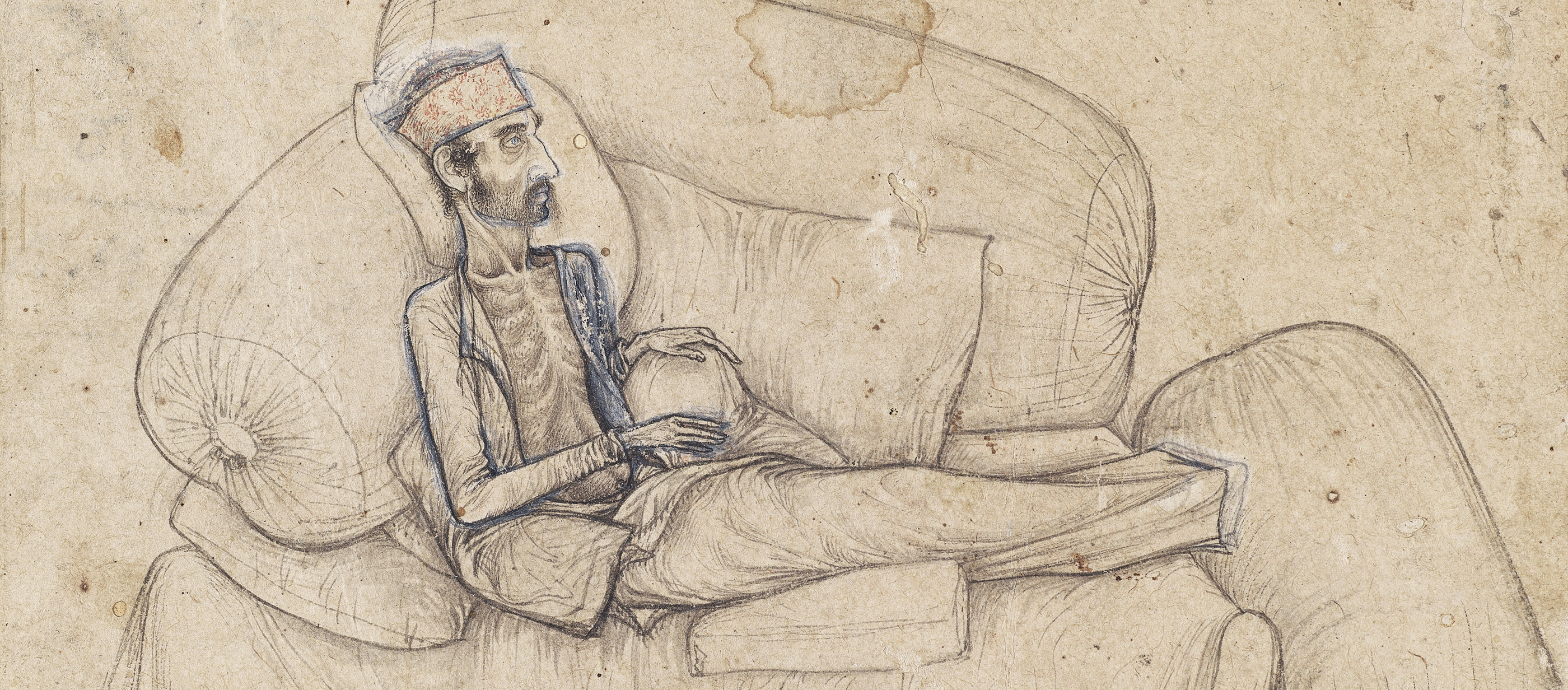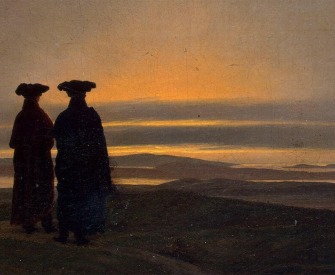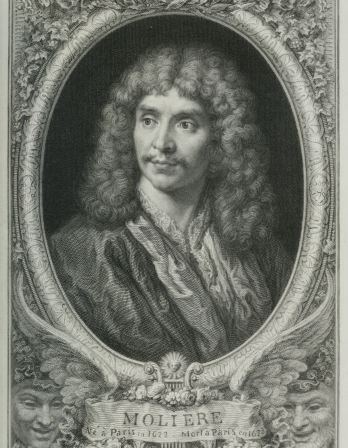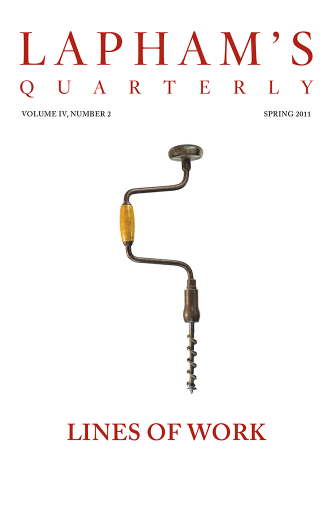O Maker of the material world, thou Holy One! Whither shall we bring, where shall we lay the bodies of the dead, O Ahura Mazda?
Ahura Mazda answered, “On the highest summits, where they know there are always corpse-eating dogs and corpse-eating birds, O holy Zarathustra!
“There shall the worshippers of Mazda fasten the corpse by the feet and by the hair with brass, stones, or clay, lest the corpse-eating dogs and the corpse-eating birds shall go and carry the bones to the water and to the trees.”
O Maker of the material world, thou Holy One! Whither shall we bring, where shall we lay the bones of the dead, after the flesh has been stripped away, O Ahura Mazda?
Ahura Mazda answered, “The worshippers of Mazda shall make a receptacle out of the reach of the dog, of the fox, and of the wolf, and wherein rainwater cannot stay.
“They shall make it, if they can afford it, with stones, plaster, or earth; if they cannot afford it, they shall lay down the dead man on the ground, on his carpet and his pillow, clothed with the light of heaven, and beholding the sun.”
O Maker of the material world, thou Holy One! How long after the corpse of a dead man has been laid down on the ground, clothed with the light of heaven and beholding the sun, is the ground clean again?
Ahura Mazda answered, “When the corpse of a dead man has lain on the ground for a year, clothed with the light of heaven and beholding the sun, then the ground is clean again, O holy Zarathustra!”

Dying Inayat Khan, attributed to Balchand, c. 1618. Museum of Fine Arts, Boston, Francis Bartlett Donation of 1912 and Picture Fund.
O Maker of the material world, thou Holy One! How long after the corpse of a dead man has been buried in the earth is the earth clean again?
Ahura Mazda answered, “When the corpse of a dead man has lain buried in the earth for fifty years, O Spitama Zarathustra! Then the earth is clean again.”
O Maker of the material world, thou Holy One! How long after the corpse of a dead man has been laid down on a dakhma, a tower for exposing the dead, is the ground on which the dakhma stands clean again?
Ahura Mazda answered, “Not until the dust of the corpse—O Spitama Zarathustra!—has mingled with the dust of the earth. Urge every one in the material world, O Spitama Zarathustra, to pull down dakhmas.
“He who should pull down dakhmas, even one that is only as large as his own body, his sins in thought, word, and deed are remitted as they would be by saying a patet, a prayer for repentance; his sins in thought, word, and deed are undone.
“Not for his soul shall the two spirits wage war with one another, and when he enters Paradise, the stars, the moon, and the sun shall rejoice in him. And I, Ahura Mazda, shall rejoice in him, saying, ‘Hail, O man! Thou who hast just passed from the decaying world into the undecaying one!’”
From the Avesta. The sacred book of Zoroastrianism, one of the principal religions in ancient Persia, presents the liturgy, cosmogony, and laws of its sixth-century-bc prophet Zoroaster. In present-day Mumbai, the Parsis, a group of Zoroastrians, have been experiencing difficulties in maintaining the open-air disposal of the dead since the vulture population has virtually disappeared. “Vultures are very quick in eating away the flesh. Now it’s working a bit slowly,” said Zoroastrian priest Ramiyar Karanjia in 2012. “From an emotional point of view, it is disturbing to some people.”
Back to Issue





